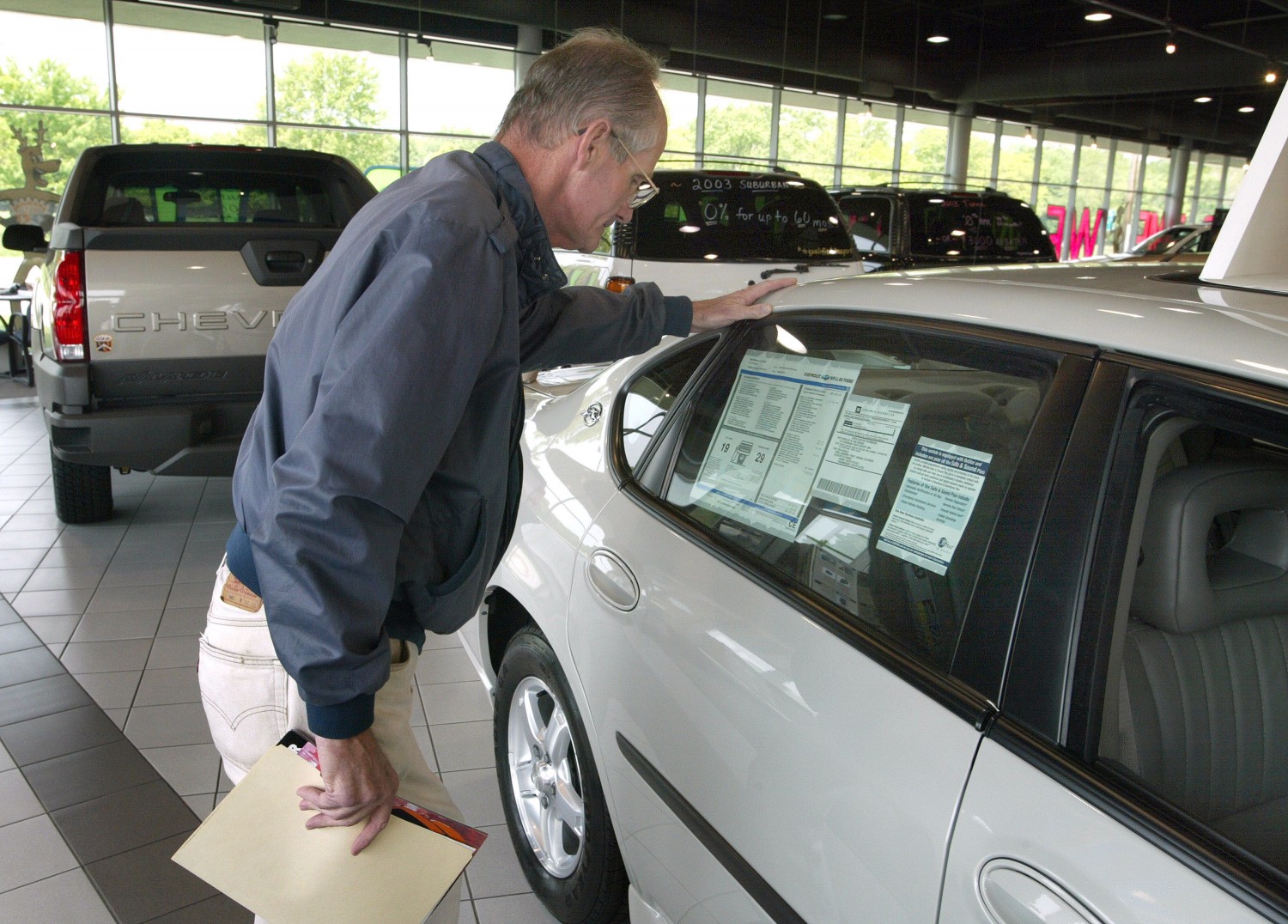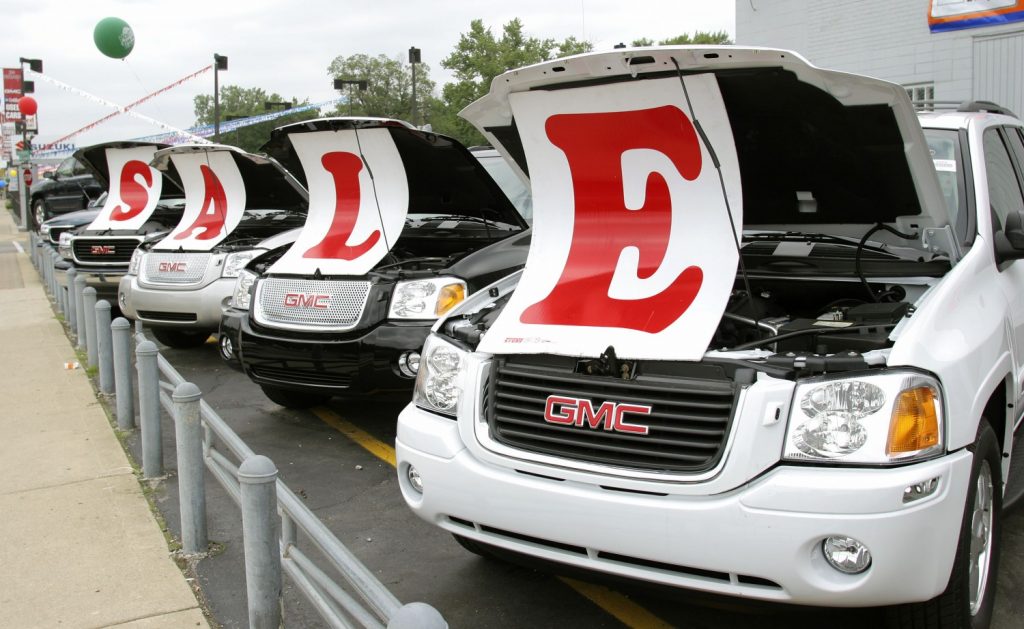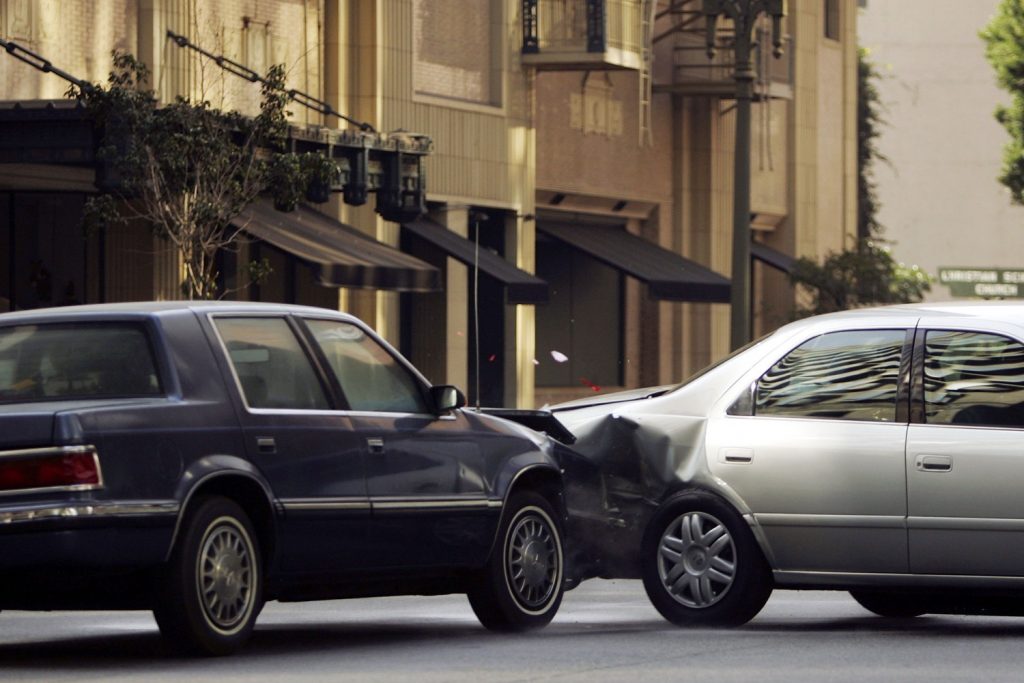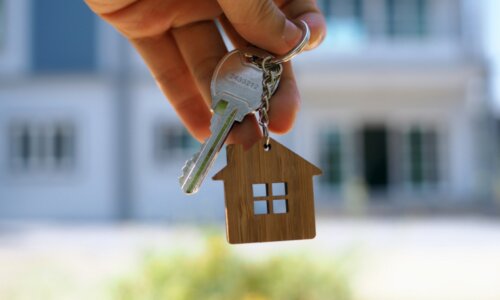If you’re in the market for a vehicle, you might be surprised by the differences between buying and leasing your ride. It’s not just a simple matter of owning your car or being able to walk away after a few years.
Consumer Reports examined the differences between leasing and buying a vehicle, and suggests you look at these 10 factors before you make your decision.
1. Ownership
When you lease a vehicle, you can walk away from it at the end of the lease, and away from all of the responsibilities that go with it. When you buy, you keep the car after you’re done paying it off, and can drive it for years without having any car loan payments.
2. Upfront Costs
Make sure you know how much you have to put on your credit card or take out of your checking account before the delivery of your vehicle. This can include a down payment, taxes, title fee, security deposit and other fees. Get two lists so you can compare the up-front lease and purchase fees.
3. Monthly Payments
You’ll be told that taking a longer agreement lowers your monthly payments, but with a purchase, this means more interest buildup and a higher final purchase cost. Still, while you’ll usually pay less for a lease, you’ll build no equity or ownership.
Also, after you negotiate a purchase fee and calculate the monthly payments, be prepared for a dealer to try and up-sell you options such as undercoating, rustproofing, a sunroof, leather seats or an extended warranty, all of which will end up adding to those monthly payments.
4. Early Termination
When you buy your car, you can sell it or use it as a trade-in on a new car any time you like. If you decide to end your lease before your contract ends, you have to pay penalties for early termination. Get the early termination fees in writing so you know exactly what you’ll have to pay out of pocket to get out of the lease early.
5. Vehicle Return
When you buy a vehicle, you never have to visit your dealer again. You can sell the vehicle to an individual or use it as a trade-in at another dealership when you buy a car from them. When you lease, you must return the vehicle to a location approved by your leasing company, where it will be inspected. This inspection might result in you having to pay repair fees if they find dings, cracks or other damage.
6. Future Value
When you buy a vehicle, you can sell it and get cash, based on what a buyer will give you, or you can trade it in and get credit (usually more than what you’d get for a cash sale) from a dealer who is selling you a new vehicle. When you lease, you get nothing when you turn in the car.
7. Mileage
Vehicle owners don’t have to worry about how many miles they drive each month or year. It doesn’t affect their monthly payments. Lease owners need to watch their miles in order to avoid extra fees. If you drive many miles each month, ask about extending your mileage limit before you sign your lease in order to get the best deal possible.
8. Excessive Wear And Tear
Owners don’t owe anyone money when they get into a fender bender, rip leather seats or otherwise damage their cars. They also don’t have to have repairs made. Lessors must reimburse the lease company for repairs to damage that the lease company considers excessive.
9. Customizing
Car owners can pimp their rides to their heart’s content. If you make any custom changes (e.g. spoilers) to a leased vehicle, you’ll have to revert the car back to the condition it was in when you bought it.
10. End Of Term
If you buy your auto using an auto loan, your last monthly payment is your final one. You now own the car. At the end of a lease, you can turn the car in and walk away, extend the lease for another year or more or buy the car (using cash or taking out a loan).









